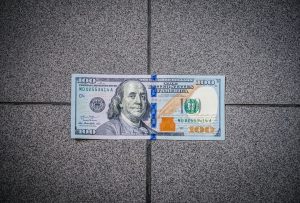Hawkish is a term that is commonly used in the forex market. It is a term that describes a situation where a central bank or a monetary authority is taking an aggressive stance towards monetary policy, particularly in terms of raising interest rates or tightening monetary policy.
The term hawkish is derived from the bird of prey, the hawk, which is known for its aggressive and assertive nature. In the forex market, a hawkish stance is taken by central banks or monetary authorities when they are concerned about inflationary pressures in the economy.
When a central bank is hawkish, it means that it is more likely to raise interest rates in order to curb inflation. Higher interest rates make borrowing more expensive, which in turn reduces the amount of money available to spend on goods and services. This can help to reduce demand and inflationary pressures in the economy.
The hawkish stance is often taken by central banks when they are concerned about the rising cost of living, or when they believe that the economy is growing too quickly and risks overheating. In these situations, the central bank may raise interest rates in order to slow down economic growth and keep inflation under control.
The opposite of hawkish is dovish, which describes a situation where a central bank is taking a more relaxed stance towards monetary policy. In a dovish stance, the central bank is more likely to keep interest rates low or even cut them, in order to stimulate economic growth and encourage borrowing and spending.
The impact of a hawkish stance on the forex market can be significant. When a central bank is hawkish, it signals to the market that interest rates are likely to rise in the future. This can cause investors to shift their funds to that currency, as they expect to earn higher returns from higher interest rates.
For example, if the US Federal Reserve takes a hawkish stance and raises interest rates, this could cause the US dollar to strengthen against other currencies. This is because investors will want to invest in US dollars to take advantage of the higher interest rates.
On the other hand, a dovish stance can have the opposite effect. When a central bank cuts interest rates or keeps them low, it signals to the market that the currency is likely to be less attractive to investors. This can cause the currency to weaken against other currencies.
In conclusion, hawkish is a term used to describe a situation where a central bank or monetary authority is taking an aggressive stance towards monetary policy. This usually involves raising interest rates or tightening monetary policy in order to control inflationary pressures. The impact of a hawkish stance on the forex market can be significant, as it signals to investors that interest rates are likely to rise in the future, which can cause the currency to strengthen.






